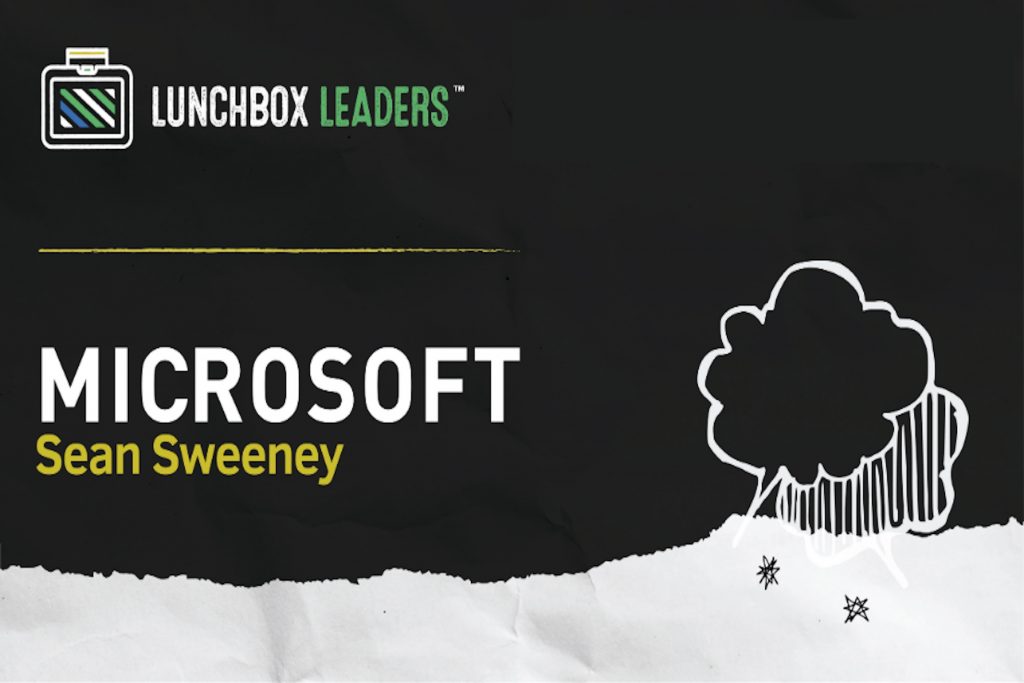Cybersecurity Unfiltered
Last Thursday, we aired the first episode of our new webinar series, The Lunchbox Leaders: Cybersecurity Unfiltered. During the webinar, Sean Sweeney, the Senior Director & Chief Security Advisor in Microsoft’s Cybersecurity Solutions Group, led us through best practices for enabling secure remote work.
Sean’s role at Microsoft is enabling end-to-end security and compliance for external customers by ensuring secure digital transfers, but he also advises the market and consumers about Microsoft’s security compliance vision. With the rise of COVID-19, the IT sector has faced many challenges, including logistic scalability constraints and, most obviously, how to adapt to the sudden spike in demand for remote network access.
Ensure Effective Remote Cybersecurity
Sean highlighted three key focus areas for ensuring effective remote cybersecurity:
- Empowering remote workers to access the apps they need without compromising security
- Enabling bring your own device(s) BYODs and unifying management across devices and apps
- Leveraging built-in security to protect data while keeping users productive
When it comes to empowering a remote workforce to access the apps they need without compromising network security, Sean indicated the importance of single sign-on (SSO) and multi-factor identification (MFA), both of which provide greater security in terms of where employees put their credentials and a higher level of scrutiny to screen who has access to certain information.
“Identity is the key perimeter to your network,” Sean said. “Approach network security with a zero trust lens.”
Similarly, when it comes to managing devices (especially BYO devices) and unifying management across devices, Sean emphasized the importance of proactively managing updates, patching, and policy. “Employees often follow the path of least resistance to get the job done,” Sean said. “It is important to provide a simple way for employees to access secure data or they will find another path to get their job done.”
Finally, Sean highlighted the importance of leveraging built-in seamless security features to protect your network. While you can use many different third-party systems, the safest and most effective way to protect against phishing and malware attacks is to utilize the intelligent data classification and dynamic protection actions available through your operating system.
We were glad to be able to have Sean share his insights about enabling secure remote workspaces and learn more about the products Microsoft offers to empower secure network access. Don’t miss the next episode of our series, “Digital Risk: Protecting Your Most Important Asset”, with Matt Solomon of ID Agent – airing on Thursday, July 23rd at noon.
In case you missed episode one (or would like to rewatch), find the full recording online. Check out our other Lunchbox Leader posts with PGH Networks.

